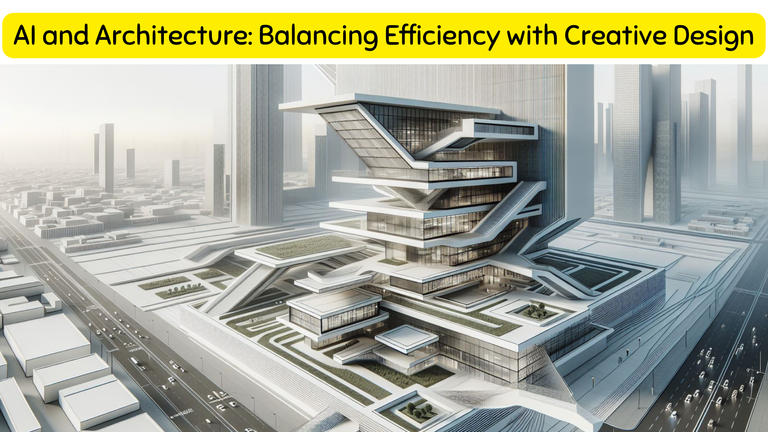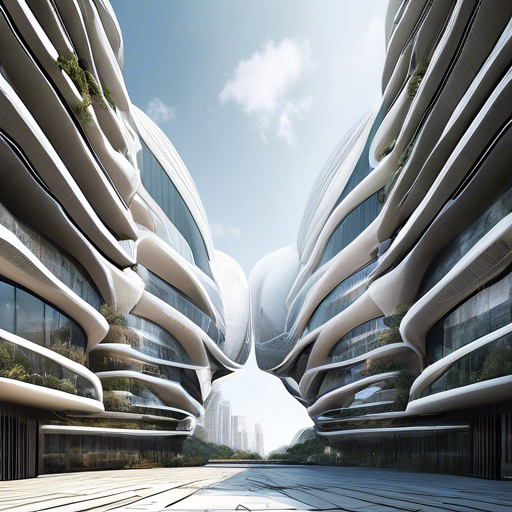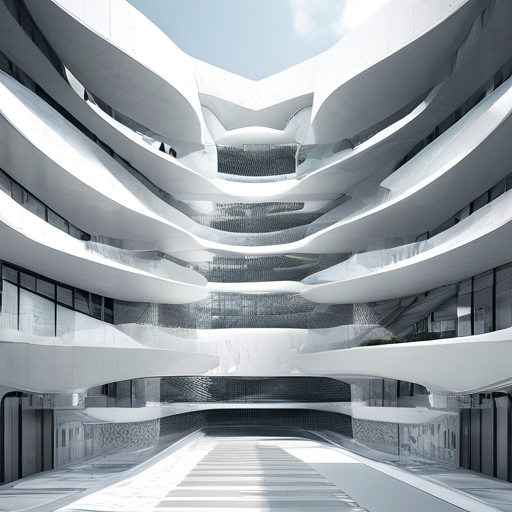AI and Architecture: Balancing Efficiency with Creative Design

REFERENCE AT THE END OF THIS POST

Introduction:
Artificial Intelligence (AI) is revolutionizing various industries, including architecture. A recent study from the Royal Institute of British Architects (RIBA) revealed that more architects are turning to AI to make their work better and faster[1]. However, the integration of AI in architecture is not without its challenges and debates. This article will explore the rise of AI in design among architects, the potential impact on creativity and originality, and the opportunities and concerns around cross-disciplinary collaboration, regulation, ethics, and the long-term impacts on the architecture profession.


The Rise of AI in Design Among Architects:
41% of UK architects are now using AI in their projects, with the goal of improving efficiency in the design process. AI helps them work faster, making the design process more efficient for 43% of those using it. Looking ahead, the numbers get even more interesting. Over half, or 54%, plan to use AI within two years, expecting it to boost their efficiency.
AI in Architecture: A Matter of Creativity and Originality:
Despite the benefits, there are concerns about AI's potential negative impact on architectural creativity and originality, with 58% of architects fearing AI could lead to more copycat designs[1]. The architecture community seems split between excitement and caution regarding AI.
RIBA's president believes architects are open to exploring AI's possibilities and that cross-disciplinary collaboration can harness AI to build more inclusive, resilient, sustainable environments. Feedback from architects highlights AI's potential to automate mundane tasks and possibly improve working conditions, while also voicing concerns that AI lacks a human touch for creative work. There is consensus that AI is more of a tool to accelerate design rather than necessarily improve designs themselves.
Pros and Cons of AI in Architecture:
The use of AI in architecture offers several benefits, including increased efficiency, automation of mundane tasks, and potential improvements in working conditions. However, there are also concerns about the impact on creativity and originality, as well as the need for regulation, ethics, and long-term impacts on the profession.
Use Cases:
AI can be used in various aspects of architecture, such as generating design ideas, optimizing building performance, and creating sustainable urban environments. It can also help in environmental studies and planning for smart cities. A specific real-world example or case study could illustrate the impact of AI in a particular project or firm.


Conclusion:
The architecture industry is seeking to balance leveraging AI's capabilities with preserving the unique value human architects provide. As the industry moves forward, the focus remains on finding the balance between harnessing AI's potential and maintaining the human touch in architectural design. The future of architecture is likely to be a blend of AI and human creativity, with the potential for exciting new possibilities and challenges.
For instance, an ideal AI-architect collaboration might involve AI generating design concepts based on specific parameters, while human architects refine and personalize those concepts to meet the unique needs and preferences of clients. This partnership could lead to innovative designs that combine the efficiency and precision of AI with the creativity and intuition of human architects.
A cutting-edge project that hints at what's to come is the AI-designed "Villa in the Forest" by Zaha Hadid Architects. This project demonstrates how AI can be used to create stunning, sustainable designs that push the boundaries of traditional architecture while still maintaining a human touch.

In conclusion, AI is poised to play a significant role in the future of architecture, offering both opportunities and challenges. By understanding the potential impact of AI on creativity, efficiency, and sustainability, architects can harness its capabilities to create innovative and inclusive environments for generations to come.
Source:
Architects Now Use AI in Building Design and More
Blog Banner created by me, using my Canva Pro account
INLEO Animated Divider is courtesy of @ doze
All other images were Dall-E 3 or Photosonic generated using my prompts
This blog post is truly captivating and enlightening, showcasing the exciting rise of AI in the field of architecture. It emphasizes the impressive potential of AI to enhance efficiency and streamline design processes for architects. The discussion about finding a harmonious balance between AI's benefits and preserving human creativity in architectural endeavors is thought-provoking and inspiring. The mention of real-world examples like the AI-designed "Villa in the Forest" by Zaha Hadid Architects demonstrates the limitless possibilities AI offers in creating innovative and sustainable designs. Embracing AI in architecture opens up new horizons for creativity and efficiency, promising a future where collaboration between AI and human architects can lead to groundbreaking and personalized architectural masterpieces. The blog ends on a positive note, highlighting the vast opportunities AI brings to the industry with a call for architects to leverage its capabilities for creating inclusive and sustainable environments. This insightful exploration of AI in architecture encourages optimism and forward-thinking in embracing the synergies between technology and human ingenuity.